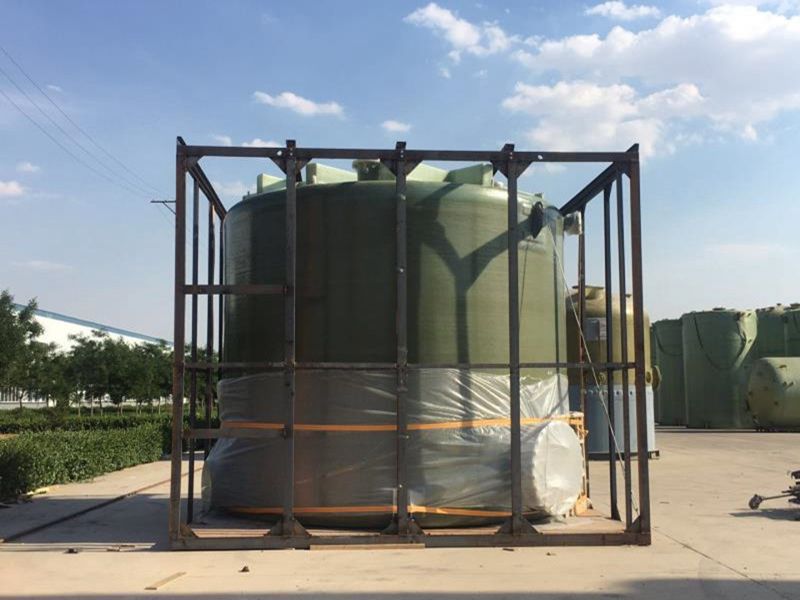
-
 Afrikaans
Afrikaans -
 Albanian
Albanian -
 Amharic
Amharic -
 Arabic
Arabic -
 Armenian
Armenian -
 Azerbaijani
Azerbaijani -
 Basque
Basque -
 Belarusian
Belarusian -
 Bengali
Bengali -
 Bosnian
Bosnian -
 Bulgarian
Bulgarian -
 Catalan
Catalan -
 Cebuano
Cebuano -
 China
China -
 China (Taiwan)
China (Taiwan) -
 Corsican
Corsican -
 Croatian
Croatian -
 Czech
Czech -
 Danish
Danish -
 Dutch
Dutch -
 English
English -
 Esperanto
Esperanto -
 Estonian
Estonian -
 Finnish
Finnish -
 French
French -
 Frisian
Frisian -
 Galician
Galician -
 Georgian
Georgian -
 German
German -
 Greek
Greek -
 Gujarati
Gujarati -
 Haitian Creole
Haitian Creole -
 hausa
hausa -
 hawaiian
hawaiian -
 Hebrew
Hebrew -
 Hindi
Hindi -
 Miao
Miao -
 Hungarian
Hungarian -
 Icelandic
Icelandic -
 igbo
igbo -
 Indonesian
Indonesian -
 irish
irish -
 Italian
Italian -
 Japanese
Japanese -
 Javanese
Javanese -
 Kannada
Kannada -
 kazakh
kazakh -
 Khmer
Khmer -
 Rwandese
Rwandese -
 Korean
Korean -
 Kurdish
Kurdish -
 Kyrgyz
Kyrgyz -
 Lao
Lao -
 Latin
Latin -
 Latvian
Latvian -
 Lithuanian
Lithuanian -
 Luxembourgish
Luxembourgish -
 Macedonian
Macedonian -
 Malgashi
Malgashi -
 Malay
Malay -
 Malayalam
Malayalam -
 Maltese
Maltese -
 Maori
Maori -
 Marathi
Marathi -
 Mongolian
Mongolian -
 Myanmar
Myanmar -
 Nepali
Nepali -
 Norwegian
Norwegian -
 Norwegian
Norwegian -
 Occitan
Occitan -
 Pashto
Pashto -
 Persian
Persian -
 Polish
Polish -
 Portuguese
Portuguese -
 Punjabi
Punjabi -
 Romanian
Romanian -
 Russian
Russian -
 Samoan
Samoan -
 Scottish Gaelic
Scottish Gaelic -
 Serbian
Serbian -
 Sesotho
Sesotho -
 Shona
Shona -
 Sindhi
Sindhi -
 Sinhala
Sinhala -
 Slovak
Slovak -
 Slovenian
Slovenian -
 Somali
Somali -
 Spanish
Spanish -
 Sundanese
Sundanese -
 Swahili
Swahili -
 Swedish
Swedish -
 Tagalog
Tagalog -
 Tajik
Tajik -
 Tamil
Tamil -
 Tatar
Tatar -
 Telugu
Telugu -
 Thai
Thai -
 Turkish
Turkish -
 Turkmen
Turkmen -
 Ukrainian
Ukrainian -
 Urdu
Urdu -
 Uighur
Uighur -
 Uzbek
Uzbek -
 Vietnamese
Vietnamese -
 Welsh
Welsh -
 Bantu
Bantu -
 Yiddish
Yiddish -
 Yoruba
Yoruba -
 Zulu
Zulu
pultruded fiberglass grating
Understanding Pultruded Fiberglass Grating Applications, Benefits, and Characteristics
Pultruded fiberglass grating is a highly versatile material that has found its place in various industries due to its unique properties and benefits. This type of grating is manufactured through a continuous pultrusion process, where fibers are pulled through a resin matrix, creating a robust and lightweight composite material. In this article, we will explore the characteristics of pultruded fiberglass grating, its applications, and the advantages it offers over traditional materials.
Characteristics of Pultruded Fiberglass Grating
One of the most distinguishing features of pultruded fiberglass grating is its exceptional strength-to-weight ratio. The combination of fiberglass reinforcements and a thermosetting resin matrix results in a product that is both lightweight and structurally strong. This property allows for ease of handling and installation, reducing labor costs and improving efficiency on job sites.
Additionally, pultruded fiberglass grating is resistant to a wide range of environmental factors. It is inherently non-corrosive, making it suitable for use in harsh chemical environments where traditional metal gratings might degrade. Furthermore, it exhibits excellent resistance to moisture, UV radiation, and extreme temperatures, making it an ideal choice for outdoor applications.
The grating also possesses excellent electrical insulating properties, which is an essential feature in environments where electrical safety is a concern. As a non-conductive material, pultruded fiberglass grating minimizes the risk of electrical hazards, making it preferable for use in power plants and other electrical facilities.
Applications of Pultruded Fiberglass Grating
Pultruded fiberglass grating is widely used in various sectors, including industrial, commercial, and municipal applications. In industrial settings, it is commonly found in chemical processing plants, wastewater treatment facilities, and petrochemical installations. The grating’s resistance to chemicals and its ability to withstand corrosive environments make it a key component in these industries.
pultruded fiberglass grating

In commercial settings, pultruded fiberglass grating serves as flooring in areas requiring high load-bearing capabilities with minimal weight. Its slip-resistant surface is particularly valuable in places with high foot traffic, such as walkways, platforms, and staircases. Additionally, the aesthetics offered by various color options make it an attractive choice for architectural applications, enhancing both functionality and design.
Municipal applications also benefit from pultruded fiberglass grating, particularly in parks, recreational areas, and bridges. Its lightweight design facilitates easy transportation and installation while ensuring the longevity of structures exposed to the elements.
Advantages of Pultruded Fiberglass Grating
The advantages of using pultruded fiberglass grating extend beyond its impressive physical properties. First and foremost, its low maintenance requirements are a significant benefit. Unlike steel or aluminum grates that may require regular coatings or treatments to prevent rust and corrosion, fiberglass grating is virtually maintenance-free. This characteristic translates to significant cost savings over the product's lifespan.
Another advantage lies in the long life expectancy of pultruded fiberglass grating. Manufacturers often guarantee 20 to 30 years of service life, making it a durable investment for any project. Its resistance to environmental degradation ensures that structures maintain their integrity and appearance over time.
Fire safety is also an important consideration in selecting materials for construction and industrial applications. Pultruded fiberglass grating is designed to be fire-resistant, providing an additional layer of safety in environments where fire hazards are present. This characteristic not only protects the structure but also safeguards personnel working in those areas.
In conclusion, pultruded fiberglass grating presents an innovative solution for a wide range of applications, combining lightweight strength, corrosion resistance, and low maintenance. Its unique properties make it an excellent alternative to traditional grating materials, positioning it as a preferred choice across various industries. As more sectors recognize these benefits, the adoption of pultruded fiberglass grating is expected to grow, contributing to safer and more efficient work environments. Whether in industrial, commercial, or municipal settings, this versatile material stands out as a testament to modern engineering and design.









